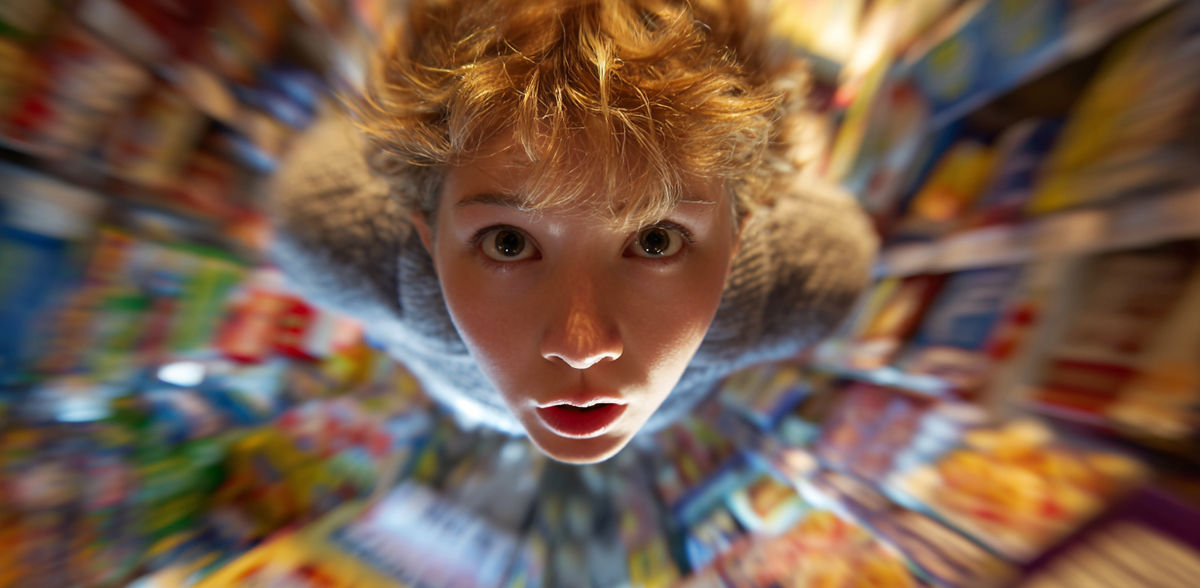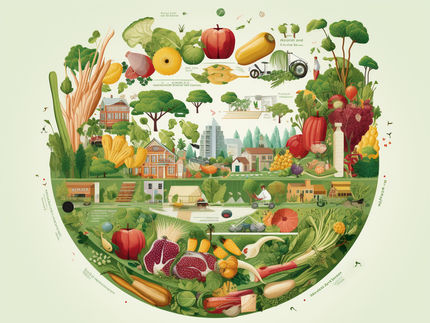Sustainable packaging: facts instead of packaging phrases
Advertisement
Supermarket shelves are teeming with them: seals, labels, QR codes and inscriptions that are supposed to certify the sustainability of packaging. One has a leaf logo, another a seal, others claim to be "recyclable", "biodegradable" or "environmentally friendly". All these promises sound good, but what exactly is behind them? And how can you tell whether packaging is really sustainable?
More and more consumers are turning to packaging that looks sustainable. This is confirmed by the representative study "Sustainable Product Packaging" conducted by the management consultancy Simon-Kucher together with the market research institute YouGov. For two thirds of those surveyed, packaging is sustainable above all if it is made from as little material as possible, thereby reducing packaging waste (66%). According to the survey, recyclable (64%), biodegradable (60%) or recycled (57%) materials also characterize sustainable packaging.
More appearance than reality
So much for the theory, but in practice it is not so easy to recognize sustainable packaging when shopping. This is because there is still no official, independent label that comprehensively and neutrally assesses the sustainability of packaging. Labels are often invented by companies, cannot be verified and are therefore not very meaningful. In most cases, they only refer to a single sustainable aspect and not to the sustainability of the packaging as a whole. In addition, terms such as "sustainable packaging", "climate-neutral", "climate-positive", "natural" or "recyclable" are not legally protected. They can therefore be used at will for advertising purposes. "Organic" and "eco", on the other hand, are protected. However, they do not necessarily mean that a product is completely sustainable - for example, because it has been transported a long way.
It's therefore better to look twice if you come across the following on the shelf, for example:
- "100% recyclable": the good news is that the packaging is probably really made from materials that can be fully recycled if waste is separated correctly. This is because packaging must be designed to be recyclable by law. However, the note leaves open how well this works in practice: For example, recycling composite materials made of plastic and aluminum or plastic mixes, such as chip bags or meat packaging, is theoretically possible, but very costly. This packaging therefore often ends up being incinerated.
- "Climate-neutral": Completely climate-neutral production withoutCO2 emissions is not yet possible. In order to still be "climate neutral", companies buy compensation certificates with which they finance climate protection projects.
- Paper alternatives: What appears to be more sustainable at first glance is in fact often a mix of paper and a plastic coating to protect against grease or moisture. Such composite packaging is difficult to recycle. This is why they usually end up in thermal recycling, i.e. they are incinerated. In addition, studies show that the eco-balance of paper is not automatically better than that of plastic.
- "0% plastic" or "bio-based": According to the Hesse consumer advice center, this often refers to bioplastics made from renewable raw materials such as cellulose. They are not always compostable and often degrade just as slowly in nature as conventional plastic.
How to recognize sustainable packaging
The sad truth is that many promises are not climate protection, but greenwashing. So how can you tell whether packaging is really sustainable when you go shopping - without having to check all the labels for their truthfulness? The fact is: in future, we will need standardized seals and comprehensible claims. However, there are already good indicators for sustainable packaging in supermarkets today:
- Purity of type: packaging made from just one material can be mechanically recycled better than material mixes. This is why pure plastic packaging is often better for the environment than packaging made from paper composites that are almost impossible to recycle. You should therefore pay attention to whether there is a thin layer of plastic inside the packaging.
- "Recyclable": These materials can generally be returned to the cycle. The prerequisite is that suitable recycling systems are in place. In addition, this statement should be verifiable in that the packaging is certified according to the minimum standard of the Stiftung Zentrale Stelle Verpackungsregister. Important: For the circular economy to work, the individual components of packaging should be correctly separated during disposal.
- "Recyclate content": More and more packaging consists partly or even entirely of recycled material, for example recycled PET (rPET) or post-consumer recyclates (PCR) from household waste. The percentage is often shown on the packaging - the more, the better.
- "Resource-saving production": This indicates the efficient use of raw materials and low energy and water consumption during production. If in doubt, ask the manufacturer for details.
- Reusable: This packaging can be cleaned again and again and can be refilled. Due to their higher circulation rate, they save even more resources than sustainable disposable packaging.
Established seals also provide guidance in the search for sustainable packaging:
- The Green Dot indicates that the manufacturer participates in the collection and recycling of the packaging via the dual systems. Please note: It says nothing about the recyclability of the packaging material itself.
- The recycling and RESY symbols indicate that the packaging is recyclable and supports the recycling process. The symbol is a voluntary indication that provides information about the packaging material. The numbers and abbreviations can be helpful when separating waste.
- The Blue Angel identifies products that are more environmentally friendly than comparable alternatives. The German ecolabel refers, for example, to resource efficiency or pollution.
With sense and reason
Packaging protects products from external influences, extends shelf life and maintains hygiene and quality. The perfect packaging material does not yet exist. However, plastic is a good solution in many respects if we use the material responsibly. Eco design and design for recycling, packaging innovations, using only as much packaging material as necessary, conscious consumption and conscientious waste separation all make an important contribution to the sustainability of plastic packaging.
Note: This article has been translated using a computer system without human intervention. LUMITOS offers these automatic translations to present a wider range of current news. Since this article has been translated with automatic translation, it is possible that it contains errors in vocabulary, syntax or grammar. The original article in German can be found here.



























































